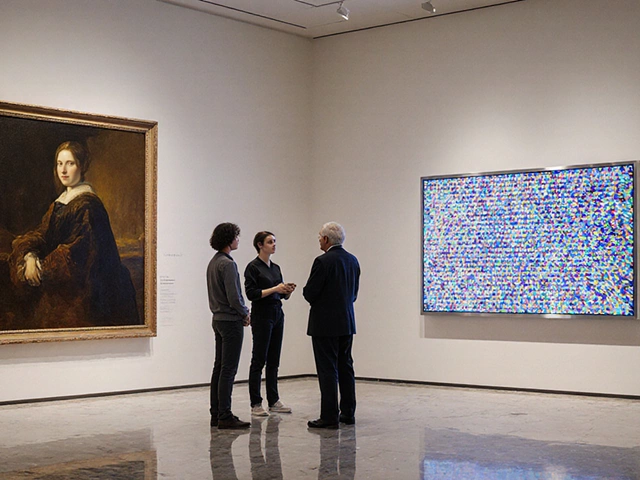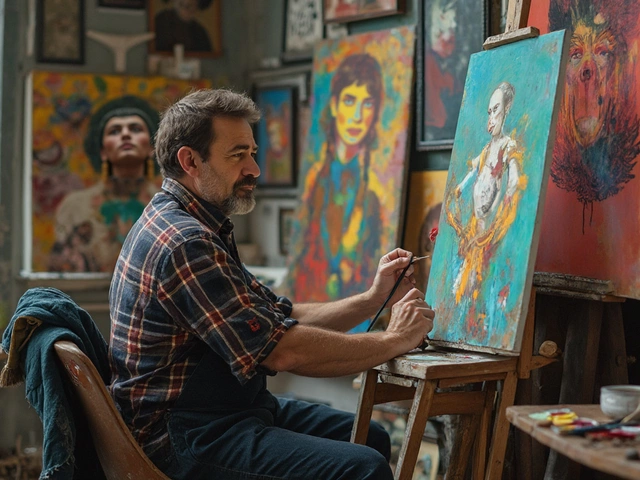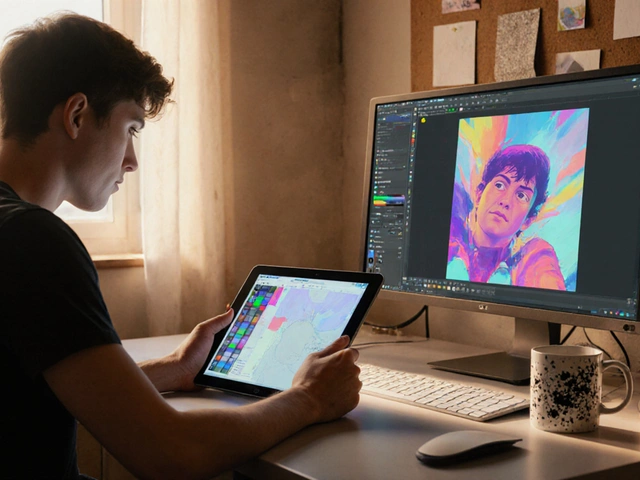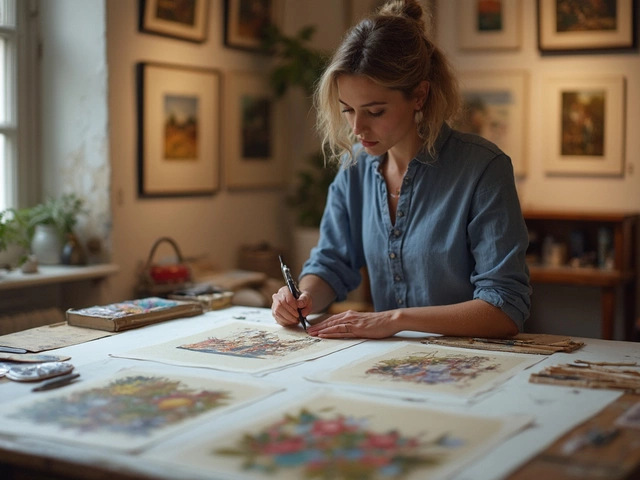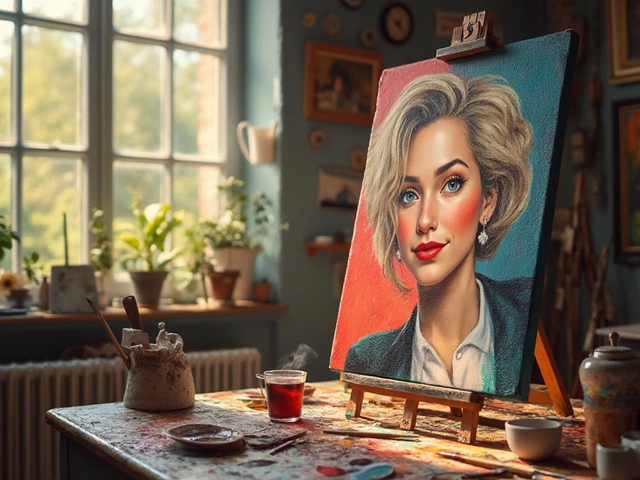Watercolor Paintings: Techniques, Styles and Inspiration
When working with watercolor paintings, a painting method that uses water‑based pigments on paper to create translucent layers. Also known as watercolor art, it offers a unique blend of speed and softness that many artists love. The medium is popular both for quick studies and finished pieces, and it shows up in galleries, classrooms, and online portfolios. Below you’ll find a curated set of articles that break down how the medium works, why it matters, and how you can use it in different creative contexts.
Key Watercolor Techniques You Should Know
Mastering watercolor techniques, methods like wet‑on‑wet, dry brush, glazing, and lifting is the first step toward consistent results. Wet‑on‑wet lets the pigment flow freely, creating soft edges and spontaneous color blends. Dry brush adds texture and crisp lines, perfect for detailing foliage or architecture. Glazing builds depth by layering transparent washes, while lifting removes excess paint to refine highlights. Each technique has its own set of rules, but they all share the same core principle: the paper’s absorbency shapes the final look. Practicing these methods separately and then combining them will give you a versatile toolbox for any subject.
When you pair these techniques with thoughtful material choices—such as 140 lb cold‑press paper, professional-grade pigments, and sable brushes—you set the stage for better control. The right paper texture catches the water, the pigments provide vivid hues, and the brush tip delivers precision. Together they create a predictable environment where the unpredictable nature of water becomes an asset rather than a hurdle.
Artists often surprise themselves by discovering new effects simply by tweaking the water‑to‑paint ratio. A little more water can turn a bold stroke into a dreamy wash; a little less can keep the line sharp. Experimenting with these ratios while applying the core techniques is the most practical way to develop a personal style.
For those who enjoy painting outdoors, mastering these techniques on location adds another layer of excitement. The changing light and weather conditions demand quick decisions and reinforce the importance of a solid technique foundation.
All of this ties back to why understanding watercolor paintings matters: the better you know the tools, the more confidently you can express your ideas.
Beyond pure technique, the medium shines when applied to specific genres, especially landscape painting. When you look at classic examples—think of the misty hills in J.M.W. Turner’s works or the serene coasts in contemporary Welsh artists’ pieces—you see how watercolor captures atmosphere effortlessly.
Landscape painting, the art of depicting natural scenery such as mountains, rivers, and sky benefits from the medium’s transparency, allowing artists to suggest depth with just a few washes. A light wash can turn a blank page into a sky, while layered greens form rolling hills. The ability to render soft gradients helps convey distance, weather, and time of day. Many artists start with a simple horizon line and then build the scene outward, using wet‑on‑wet for clouds and dry brush for foreground details.
Because watercolor dries quickly, you can work in stages, stepping back to evaluate the overall composition before adding the next layer. This iterative approach mirrors how the natural world changes—light shifts, colors evolve, and you can respond in real time. The result is a painting that feels alive and responsive.
When you blend landscape concepts with abstract ideas, the possibilities expand even further. The fluid nature of watercolor lends itself to non‑representational forms, where color, shape, and motion become the focus rather than a specific scene.
Abstract art, a style that uses color, form, and gesture instead of realistic representation thrives on the medium’s spontaneity. Artists can let pigments bleed, create unexpected textures, or use masking fluid to reserve negative space. These tactics turn accidents into intentional design elements. By controlling the point at which paint meets paper, you can guide the viewer’s eye across the canvas, suggesting rhythm or tension without drawing a single recognizable object.
The relationship between abstract watercolor and traditional techniques is a conversation: the discipline of glazing and lifting provides structure, while the freedom of pigment flow encourages experimentation. Many contemporary creators push this dialogue further by mixing ink, gouache, or even digital elements into their work.
Speaking of digital, the rise of digital art has reshaped how watercolor painters think about composition, distribution, and even creation. Tools like tablets and software allow artists to simulate watercolor brushes, experiment with color palettes, and preview compositions before committing to paper.
Digital art, art created or edited using electronic devices and software offers a sandbox for testing ideas. An artist can sketch a quick watercolor wash in a program, adjust opacity, blend modes, and layering, then translate the final piece onto real paper or keep it purely digital. This hybrid workflow speeds up the creative process and opens new revenue streams, such as selling printable versions or offering online tutorials.
Moreover, many online platforms now showcase watercolor works alongside digital creations, exposing artists to broader audiences. Understanding both worlds broadens your skill set and keeps your practice relevant in a rapidly evolving art market.
All these angles—technique, landscape, abstraction, and digital integration—form a rich ecosystem around watercolor painting. The articles below dive deeper into each area, offering step‑by‑step guides, historical context, and practical tips you can apply today. Whether you’re just picking up a brush or looking to refresh your approach, you’ll find resources that match your level and interests. Explore the collection and let the next stroke inspire your next masterpiece.
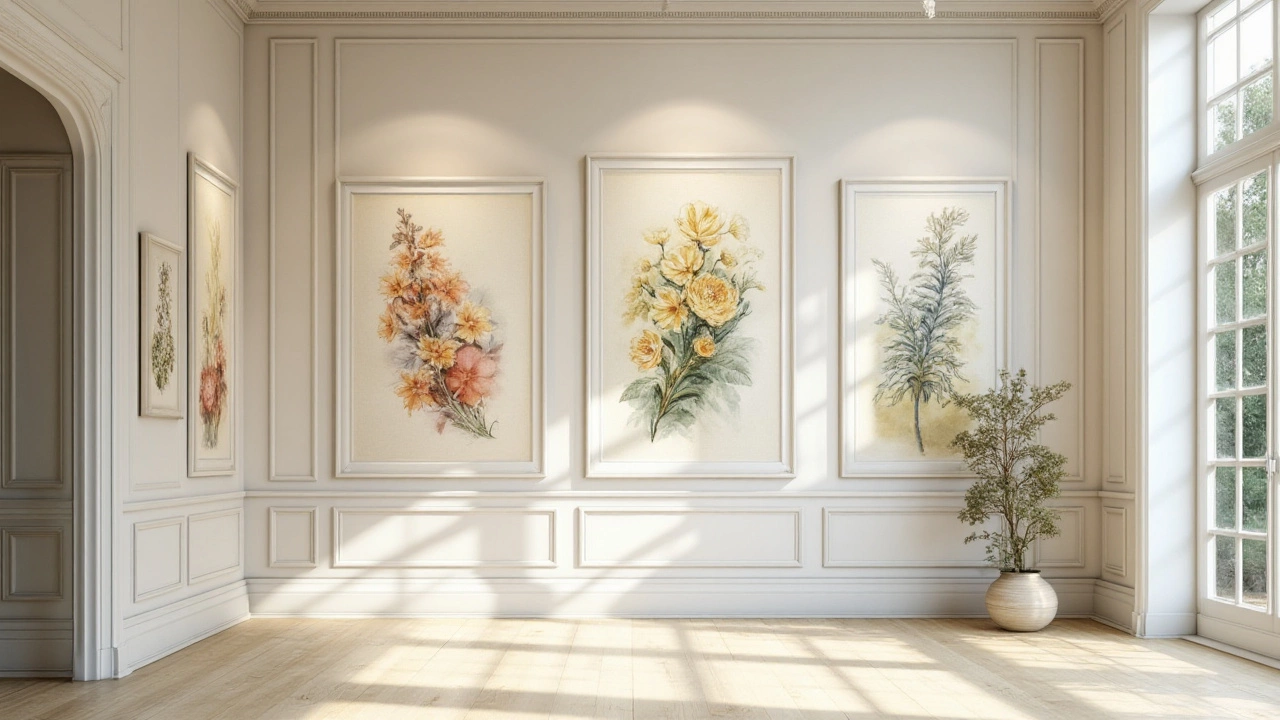
Discover the most popular sizes of watercolor paintings that attract buyers and increase sales. Explore why size matters in the art market, and find strategies artists can use to choose the best dimensions for their work. Gain insights into how various sizes impact the appeal and display options of watercolor pieces.
